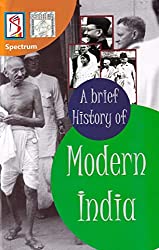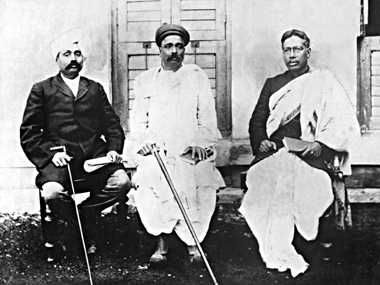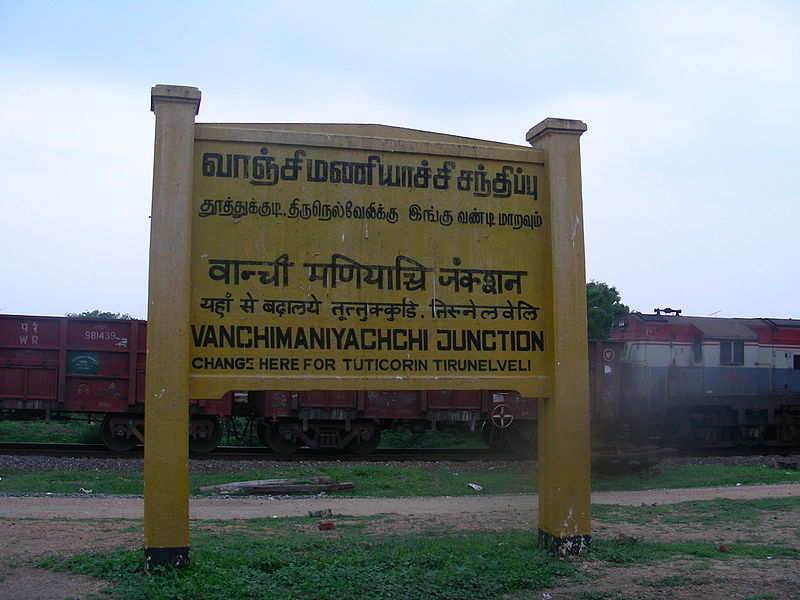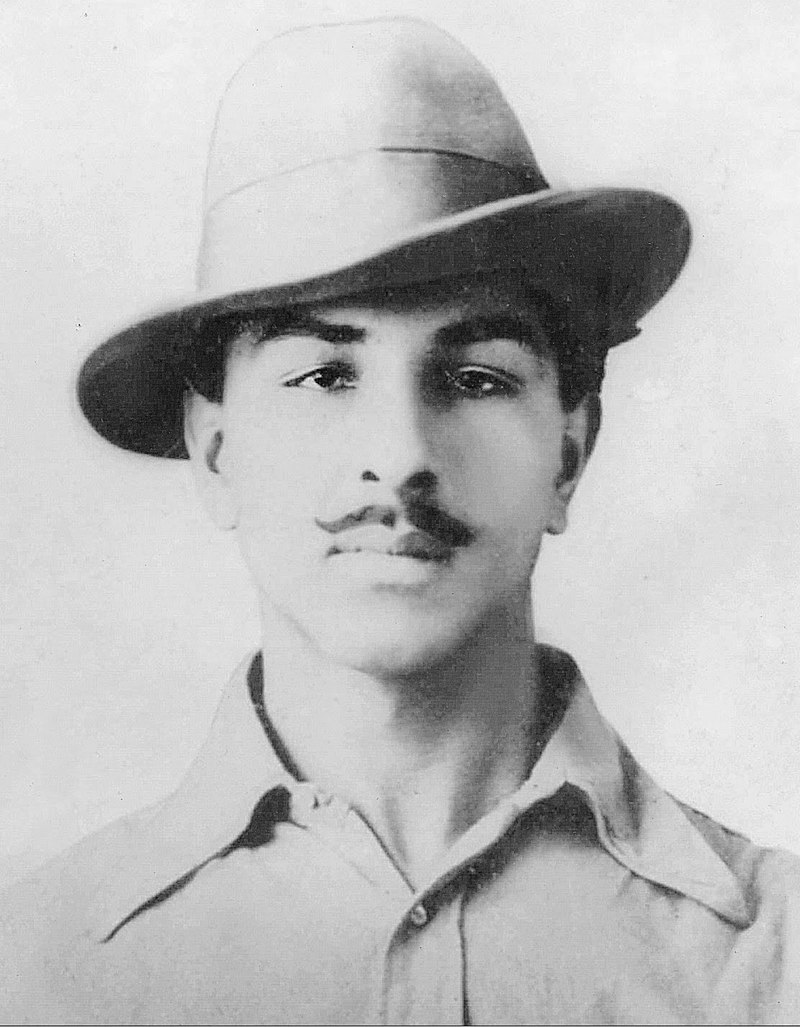This article is also for the topic ‘Growth of militant movements Tnpsc‘.
Militant movements in India
There was an increase in unemployment among the Indians. Of them most were educated, people. Due to employment and poverty, these people went on become radical nationalists and led to the growth of militant nationalism in India.

These people were also inspired by several revolutions such as the French and Russian revolutions.
Bal Gangadhar Tilak was known as the father of militant nationalism in India.

Nasik Conspiracy
Anant Laxman Kanhere, a 17-year-old student shot the district magistrate of Nasik. AMT Jackson, district magistrate died, while in drama theatre.
This was planned by the Abhinav Bharat Society, started by VD Savarkar. His brother Ganesh Savarkar along with other members were convicted.
The unjustified punishment meted out to Ganesh Savarkar (1909-10). As a result, 37 were jailed and out of them, 3 were hanged.
Alipore Conspiracy
This case is also referred to as the Muraripukur conspiracy or Manicktolla bomb conspiracy.
The police raided a bomb factory in Calcutta and recovered live bombs (1908). People involved are Barindar, Aurvindo, Hemchandra, Ullas Dutta, Upendra Banerjee.
This case says the trials of members of Indian militants of Anushilan Samiti. The changes were “Waging War against the Government”. This trial was held at Alipore Sessions Court from May 1908 to May 1909.
Chittaranjan Das founder of the Swaraj Party in Bengal defended Aurobindo Ghosh from the charges of the Alipore bomb case.
Howrah conspiracy
Howrah conspiracy case refers to the trials of 47 Indian Nationalists of the Anushilan Samiti against the murder of inspector Shamsul Alam in Calcutta.
Shamsul Alam was the was investigating the murder of Naren Gosain, who was a witness to the Alipore bomb case.
This also includes the murders of Ashutosh Biswas, the advocate handling the Gossain murder case, and also the murder of Naren Bannerjee, a police officer who arrested Khudiram Bose.
Shamsul Alam was handling all these cases and found Anushilan Samiti behind. Then he too was killed.
All these works are done by Jatindranath Mukherjee and Narendrath Bhattacharjee. Both were sentenced to one-year imprisonment.
Dacca Conspiracy
In July 1910, Pulin Behari Das along with 46 other members of Anusilan Samiti was arrested on the charges of sedition. Pulin Behari Das gets imprisonment for 7 years. After the trial was over, Pulin Behari Das got lifelong imprisonment and was transferred to Cellular Jail.
Delhi Conspiracy
Incident of bomb explosion aimed at killing Lord Hardinge (1915). The mastermind was Amirchand, Avadh Behari, Bhai Bal Mukund was sentenced to death.
Lahore conspiracy (1929-30)
Murder of Saunders. Sardar Bhagat Singh, Rajguru, and Sukhdev were hanged to death.
Benaras Conspiracy
Revolutionary activity (1915-1916). Sachindra Chandra Sanyal was deported to Andaman.
Victoria Conspiracy
Rouse public sentiments against the government due to the Kamagata Maru incident. Gurdutta Singh and Dalip Singh were sentenced to 4 and 2 years imprisonment.
Kakori
Looted the government cash carried in a train. Ram Prasad Bismil, Roshan Singh, AshfaqUllah, and Rajendra Lahri were awarded death punishment.
Punjab
Attempt on the life of the Governor of Punjab. Hari Krishnan was tried and hanged to death.
Tinnevelly Conspiracy Case

Vanchi Aiyar killed Mr. Ashe the District Magistrate of Tinnevelly. Ashe’s suppressive measures collapsed VOC Swadeshi Steam Navigation Company.
Robert Ashe was against untouchability and recognized the Dalits as equal in the caste-ridded society. He took several measures to uplift Dalits.
Also, only upper-caste members were allowed to take baths in the Courtalam waterfalls, other than Britons. All other caste people were not allowed to take baths in Courtalam waterfalls. Collector Ashe ended this system and allowed everyone to take bath in the waterfalls.
Also, Ash ensured equality in his office. Robert Ash was the first and only colonial official to be assassinated in South India.
Later Fourteen persons were charged in the Ashe murder case, which came to be known as the Tirunelveli conspiracy case.
